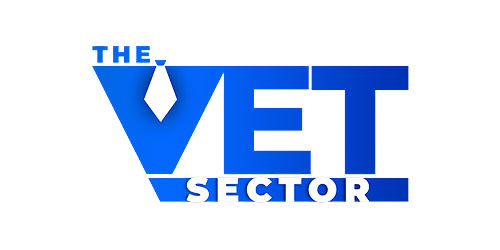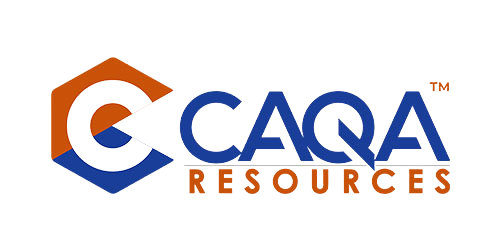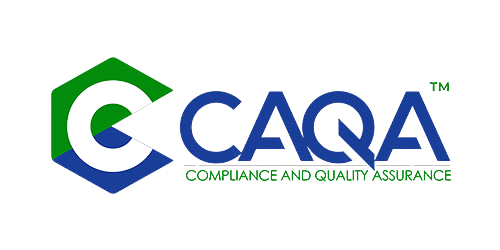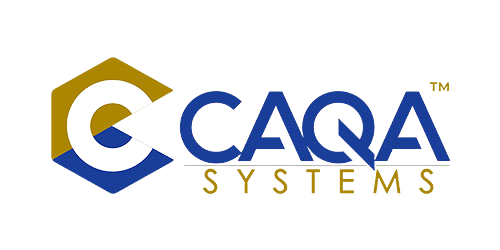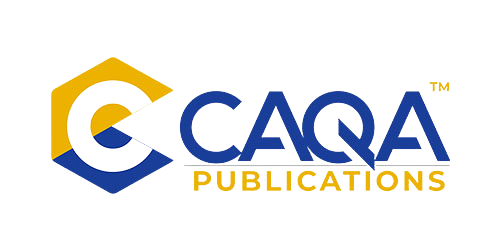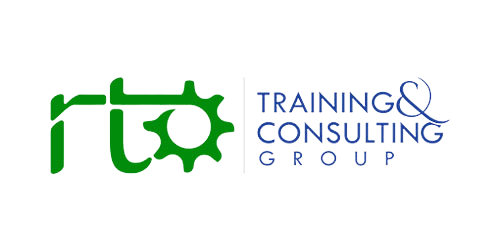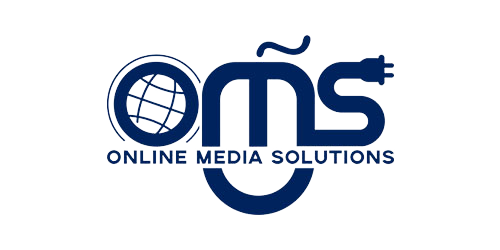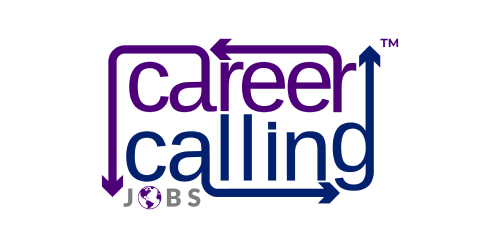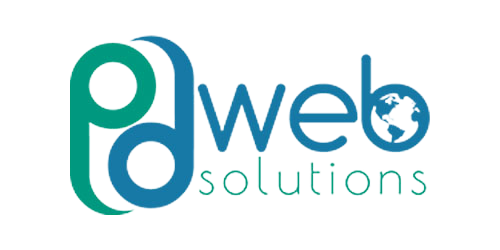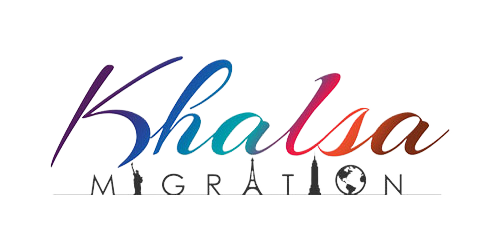The modern workplace is saturated with meetings. A quick glance at any typical calendar reveals a mosaic of colorful blocks, each representing a scheduled call, video conference, or brainstorming session. While meetings are undoubtedly essential for collaboration and communication, their proliferation has led to a concerning trend: meetings are controlling our days, dictating our schedules, and hindering our ability to perform deep, focused work.
The Tyranny of the Default Meeting
The default standard for meetings has become the hour-long video call, scheduled at any time throughout the workweek. This one-size-fits-all approach fails to consider the diverse nature of work and individual preferences. Consequently, employees find themselves shoehorning their actual work – the tasks that require concentration and creativity – around a rigid meeting schedule. This constant context-switching disrupts workflow, impedes productivity, and leaves little room for the kind of deep work that leads to innovation and breakthrough results.
The consequences of this meeting-centric culture are significant. Research has shown that excessive meetings can lead to burnout, decreased job satisfaction, and even physical and mental health problems. When employees are constantly jumping from one meeting to another, they have limited time to recharge, reflect, and engage in the kind of restorative activities that are crucial for well-being.
Reclaiming Your Calendar, Reclaiming Your Day
It's time to challenge the status quo and rethink our relationship with meetings. Instead of letting our calendars dictate our days, we need to take back control and prioritise the work that truly matters. Here's how:
- Evaluate Your Work, Optimise Your Schedule
Begin by analysing the types of work you do and identifying when you are most productive. Do you thrive in the early morning hours, or are you a night owl? Do you prefer to tackle complex tasks in one uninterrupted block, or do you prefer to break them down into smaller chunks?
Once you understand your work patterns, start time-blocking your calendar. Allocate specific time slots for different types of work, ensuring that you have dedicated blocks for focused, uninterrupted work on your most important tasks. This approach, known as "themed time blocking," allows you to align your schedule with your natural rhythms and optimise your productivity.
- Set Meeting Standards, Say No More Often
The next step is to establish a set of rules for accepting meeting invitations. Consider limiting the number of meetings you accept per day or week, setting default meeting durations of 15-30 minutes, and opting for voice-only calls whenever possible (unless the meeting requires face-to-face interaction).
Be selective about the meetings you attend. Ask yourself:
- Is this meeting truly necessary?
- Could the information be communicated more effectively through email or a shared document?
- Am I the right person to attend this meeting?
By saying no to unnecessary meetings, you free up valuable time for deep work and reduce the constant interruptions that derail your focus.
- Prioritise Deep Work
Deep work, as defined by Cal Newport, is the ability to focus without distraction on a cognitively demanding task. It is essential for producing high-quality work, solving complex problems, and generating innovative ideas. To protect your deep work time, consider the following strategies:
- Schedule deep work blocks in your calendar: Treat these blocks as sacred appointments and avoid scheduling meetings or other distractions during this time.
- Turn off notifications: Close email, instant messaging apps, and other digital distractions during your deep work sessions.
- Find a quiet space: Choose a location where you can work without interruptions. This might be a private office, a quiet corner of a coffee shop, or even a park bench.
- Take breaks: Regular breaks can help you stay focused and refreshed. Step away from your work for a few minutes every hour or so to stretch, move around, or simply clear your head.
- Embrace Asynchronous Communication
Asynchronous communication, such as email, messaging apps, and project management tools, can be a valuable alternative to meetings. By communicating asynchronously, you allow team members to respond to messages and requests on their own time, without interrupting their workflow. This can lead to more focused work, better decision-making, and reduced meeting fatigue.
- Encourage a Culture of Respect for Focus Time
Creating a culture of respect for focus time is essential for the success of any initiative to reduce meeting overload. Encourage team members to respect each other's deep work blocks and to communicate asynchronously whenever possible. This might involve setting guidelines for when it's appropriate to send messages or schedule meetings, as well as establishing norms for responding to requests promptly.
The Benefits of Reclaiming Your Calendar
Rethinking meeting culture and taking back control of your calendar can have a profound impact on your work and well-being. By prioritizing deep work, setting meeting standards, and embracing asynchronous communication, you can:
- Boost productivity: You'll have more time to focus on your most important tasks and produce high-quality work.
- Increase job satisfaction: You'll feel more in control of your work and less stressed by constant interruptions.
- Improve work-life balance: You'll have more time for personal activities and interests, leading to a healthier and happier life.
- Foster innovation: Deep work is essential for generating creative ideas and solving complex problems.
In today's fast-paced and hyper-connected workplace, it's easy to let meetings take over our days. However, by challenging the default meeting culture and adopting a more mindful approach to scheduling, we can reclaim control of our calendars and create a more productive, fulfilling, and balanced work life. Remember, meetings should be a tool to enhance our work, not hinder it. It's time to take back control of our days and make meetings work for us, not the other way around.








